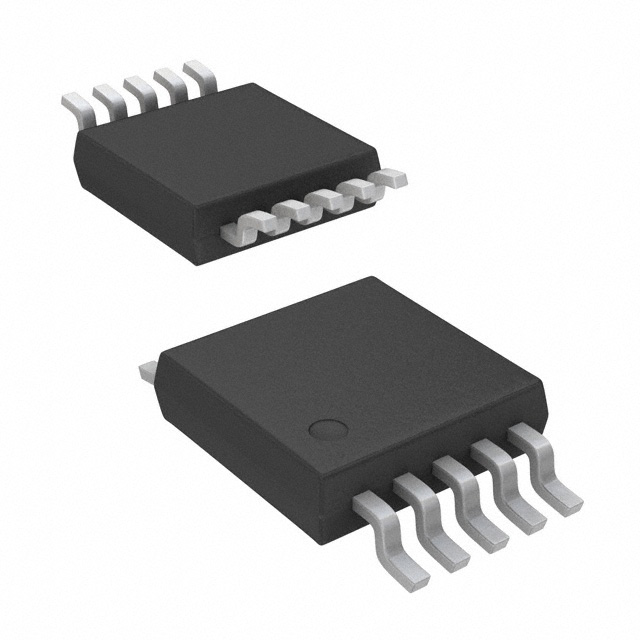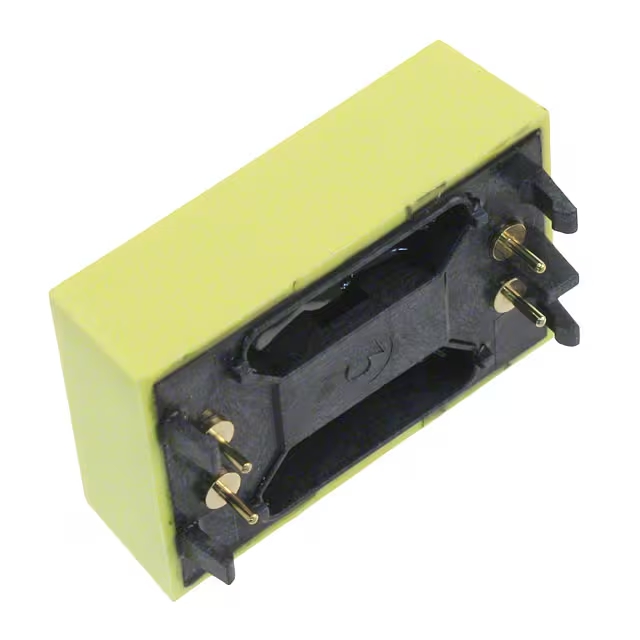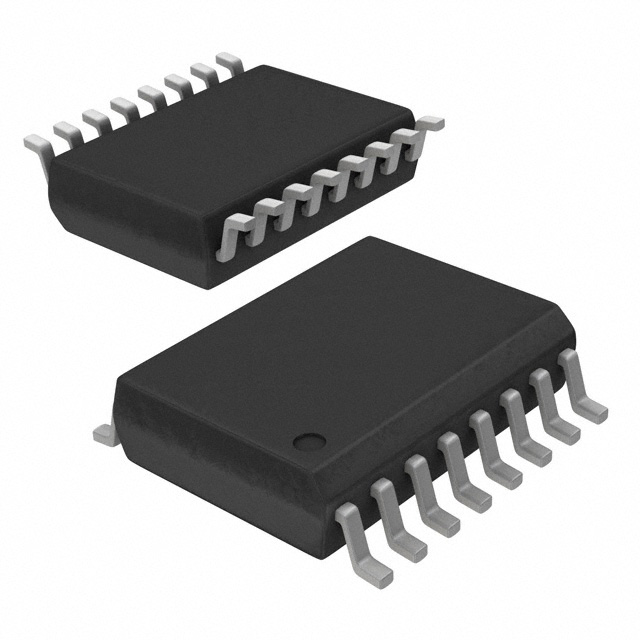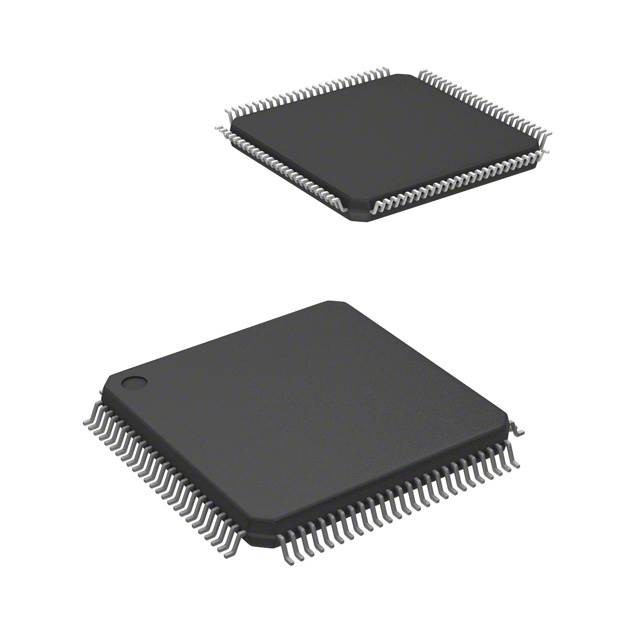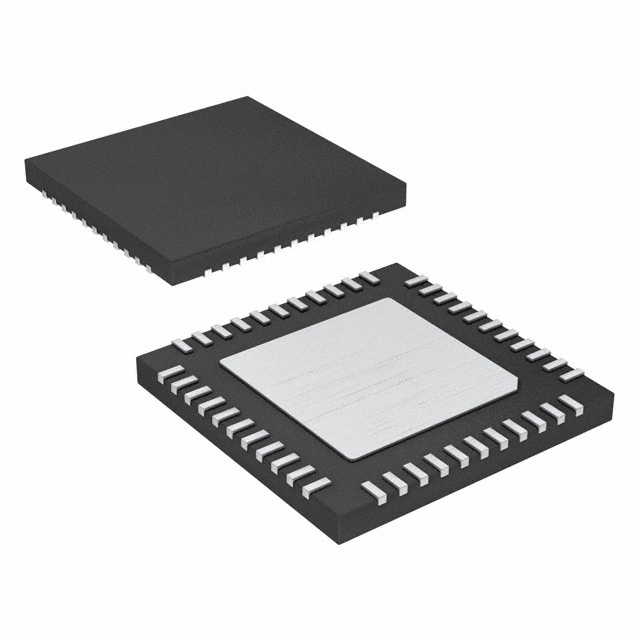AD9833BRMZ-REEL7 | Datasheet & Price
- Resolution(Bits): 10 b
- Masterfclk: 25 MHz
- Tuning Word Width(Bits): 28 b
- Package: 10-TFSOP, 10-MSOP (0.118, 3.00mm Width)

FREE delivery for orders over HK$250.00

Quick response, quick quotaton

Flash shipment,no worries after sales

Original channel,guarantee of the authentic products
AD9833BRMZ-REEL7 Pinout Equivalent Circuit
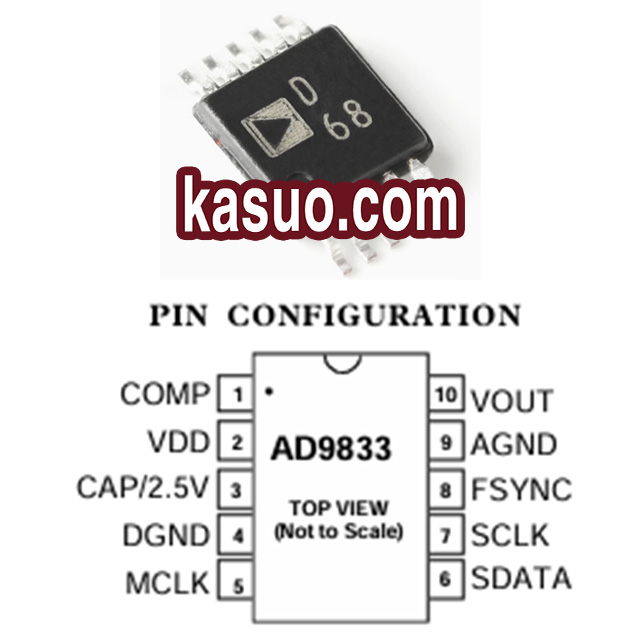
AD9833BRMZ-REEL7 is a low-power programmable waveform generator designed by Analog Devices. Key features include a wide output frequency range (0 MHz to 12.5 MHz), 28-bit resolution, no external components, and a 3-wire SPI interface. It can generate digital signals of different frequencies and phases, and is mainly used for frequency synthesis, waveform generation, and test signal generation. Due to its high resolution and lack of external circuits, it is widely used in communication equipment, audio generation, clock signal generation, and other fields.
The AD9833BRMZ-REEL7 is available in an MSOP-10 package with the following pin functions:
| Pin number | Pin name | Description of the function |
|---|---|---|
| 1 | COMP | DAC bias pin to decouple the paranoid voltage of the DAC. |
| 2 | VDD | The power supply pin, connected to a +3.3V or ±5V supply, provides the operating voltage to the chip. |
| 3 | CAP/2.5V | The bit-to-digital circuit provides a stable 2.5V voltage when the VDD input is greater than 2.7V. |
| 4 | DGND | Digital ground. |
| 5 | MCLK | Digital clock input pin. |
| 6 | SDATA | Serial data input pins. |
| 7 | SCLK | Serial clock input, data is passed in on the falling edge. |
| 8 | FSYNC | Active low control input, frame synchronization signal of input data. |
| 9 | AGND | Simulate ground. |
| 10 | VOUT | Signal output pins for outputting analog and digital signals. |
Alternative model selection:
It is rare to find a replacement product that is exactly the same as the AD9833BRMZ-REEL7 model, so we can only find a similar function, such as the AD9833BRMZ-REEL7 in terms of resolution, power consumption, interface type and package. Therefore, for the following alternative selection, I will adopt a partially compatible form.
| Picture | Name | Operating Voltage | Resolution | Clock Frequency | Package |
|---|---|---|---|---|---|
 |
AD9834BRUZ-REEL | 2.3V ~ 5.5V | 10 | 75MHz | TSSOP-20 |
 |
AD9833WBRMZ-REEL | 2.3V ~ 5.5V | 10 | 25MHz | MSOP-10 |
 |
AD9837BCPZ-RL7 | 2.3V ~ 5.5V | 10 | 16MHz | LFCSP-10 (3×3) |
 |
AD9851BRSZRL | 2.7V ~ 5.25V | 10 | 180MHz | SSOP-28-208mil |
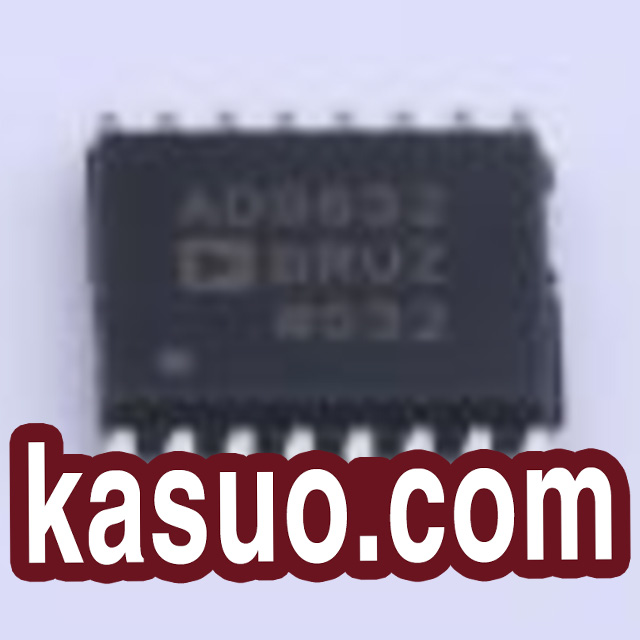 |
AD9832BRUZ-REEL7 | 2.97V ~ 5.5V | 10 | 25MHz | TSSOP-16 |
Typical Applications:

Due to the high level of integration of the AD9833BRMZ-REEL7, only a small number of peripheral components are needed to make a generator that supports sine wave, square wave and other waveforms, and the specific hardware is shown in the figure. The diagram contains a voltage regulator that provides voltage to the chip, and a crystal oscillator that provides the clock to the chip. With the help of Analog Devices’ Sweep software, we can configure the input waveform through the SPI protocol to control the hardware output different waveforms.
In the hardware design, it is first necessary to provide a stable supply voltage (2.3V to 5.5V) and ensure the stability of the clock source (MCLK) provided by the external crystal oscillator to ensure the accuracy of the output signal. When communicating with the host computer,you need to pay attention to level matching. The output signal pins should be selectively filtered with capacitors to reduce noise. When laying out the PCB, pay attention to separating the analog and digital grounds, and minimize the high-frequency signal. It is mainly necessary to refer to the application manual of the chip for the design of hardware circuits.
